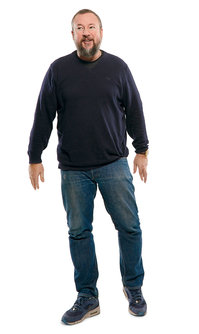Source of book image: online version of the NYT review quoted and cited below.
(p. 6) Dr. Coyle concludes that while imperfect, the G.D.P. is good enough as a measure of how fast the economy is growing and better than any alternative. It is closely correlated with things that do contribute to happiness. (Nobody is happy in a recession.)
“We should not be in a rush to ditch G.D.P.,” Dr. Coyle writes. “Yet it is a measure of the economy best suited to an earlier era.”
For one thing, it fails to count the value of the staggering growth in consumer choice. Where once we had three television networks, we now have 1,000 channels; greater choice equals greater freedom, she declares. It does poorly in measuring the Internet economy, in which so many benefits — like Google searches — are offered free. It badly lags behind the headlong pace of innovation and creativity. It struggles with the true value of a host of products or services that didn’t exist before. To the degree that it misses those new benefits to consumers, it understates the pace of economic growth.
For the full review, see:
FRED ANDREWS. “Off the Shelf; An Economic Gauge, Imperfect but Vital.” The New York Times, SundayBusiness Section (Sun., APRIL 6, 2014): 6.
(Note: ellipsis added.)
(Note: the online version of the review has the date APRIL 5, 2014.)
The book under review is:
Coyle, Diane. GDP: A Brief but Affectionate History. Princeton, New Jersey: Princeton University Press, 2014.







